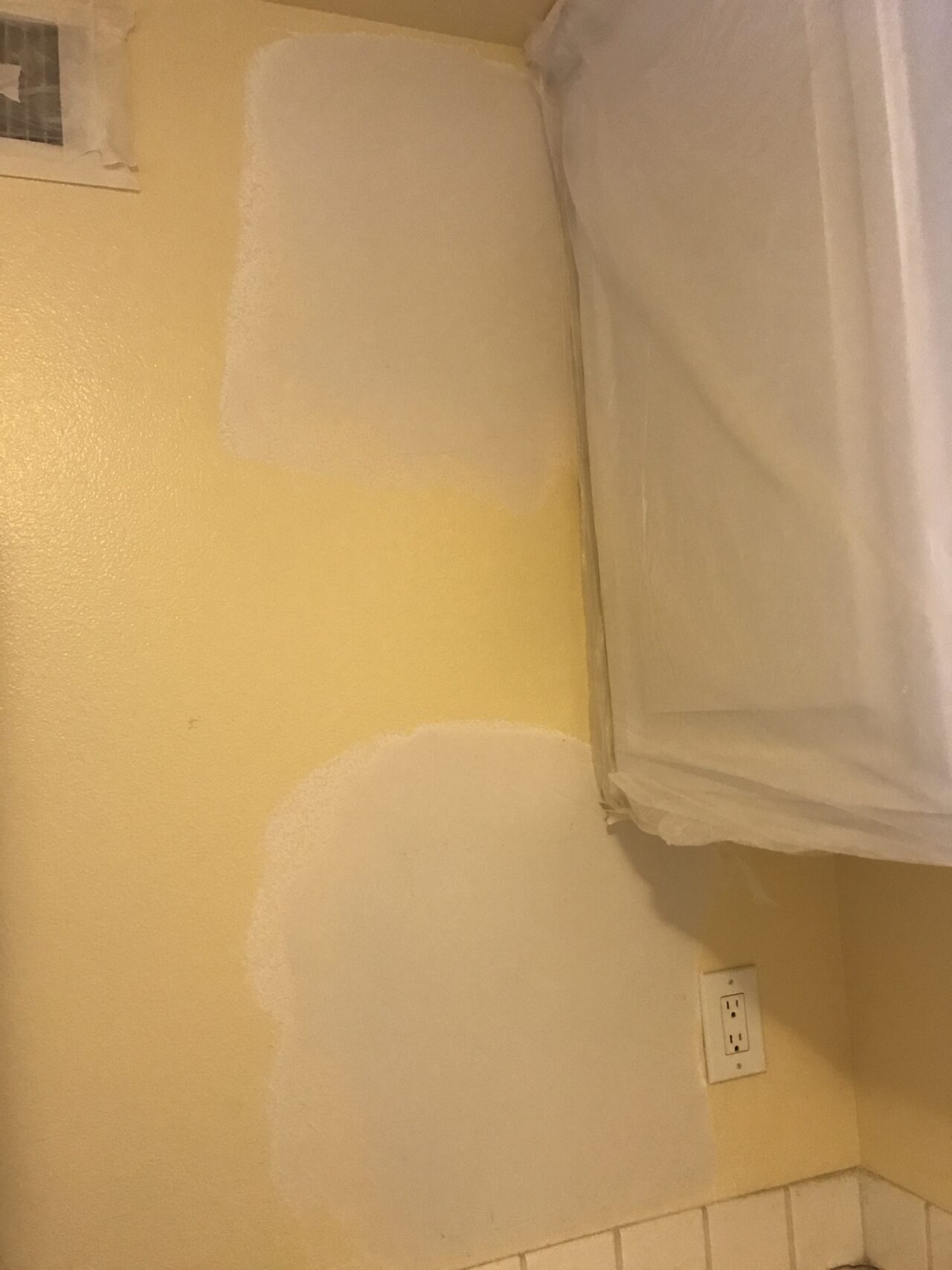Drywall is a fundamental component of modern construction, commonly used in homes and buildings around the world. But what exactly is drywall, and how is it used in repiping projects? In this beginner-friendly blog post, we’ll explore the basics of drywall, its role in construction, and how it’s utilized in repipes to create smooth, finished surfaces for walls and ceilings.
What is Drywall?
Drywall, also known as gypsum board or wallboard, is a construction material made from gypsum plaster sandwiched between layers of paper. It comes in large sheets or panels and is used to create interior walls and ceilings in residential and commercial buildings. It is lightweight, easy to install, and provides a smooth, flat surface for painting or finishing.
Installation of Drywall:
Drywall installation typically involves attaching the panels to wall studs or ceiling joists using screws or nails. Additionally, the seams between panels are filled with joint compound and covered with drywall tape to create a seamless surface. Once the joint compound dries, the walls or ceilings are sanded smooth and finished with paint or texture as desired.
Role of Drywall in Repiping:
In repiping projects, drywall is essential for concealing and protecting new plumbing pipes installed within walls or ceilings. After replacing old pipes with new ones, drywall patches cover openings and access points, restoring structural integrity and preparing surfaces for paint or texture.
Patch Repair with Drywall:
Repairing damaged drywall is typical in repiping projects. Consequently, when accessing plumbing pipes requires cutting into walls or ceilings, openings are left behind post-repipe. These openings are then patched with new drywall pieces, which are secured, taped, and finished to blend seamlessly. Ultimately, this ensures that the walls or ceilings return to their original state post-repipe.
Finishing Touches:
Once the patches are in place, the repaired areas are sanded smooth, primed, and painted to match the existing walls or ceilings. Texture may also be applied if desired to create a uniform appearance throughout the space. The result is a seamless, finished surface that blends seamlessly with the rest of the room.
Conclusion:
Drywall, a versatile and essential material, finds use in both construction and repiping projects. Its capacity to create smooth, finished surfaces makes it ideal for concealing and protecting plumbing pipes within walls and ceilings. Understanding its role in repiping and utilizing it to patch and repair damaged surfaces empowers homeowners to achieve professional results and a polished finish in their repipe projects!


Add Comment